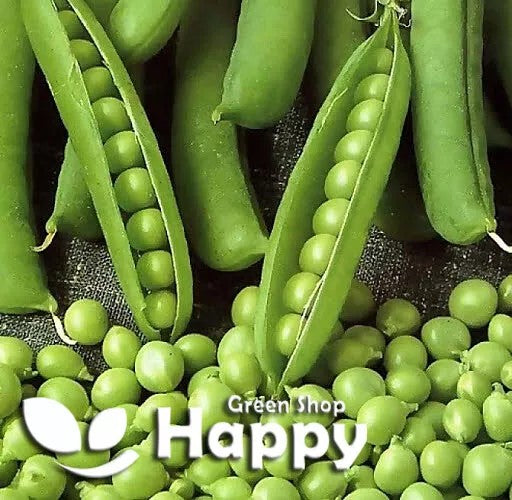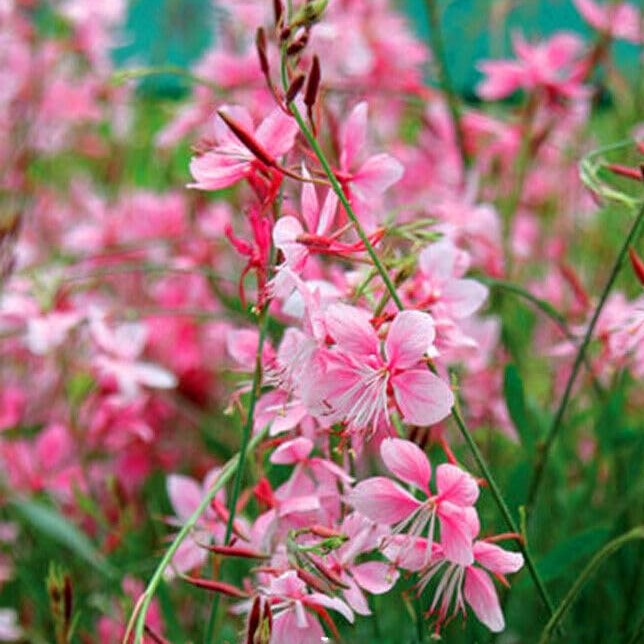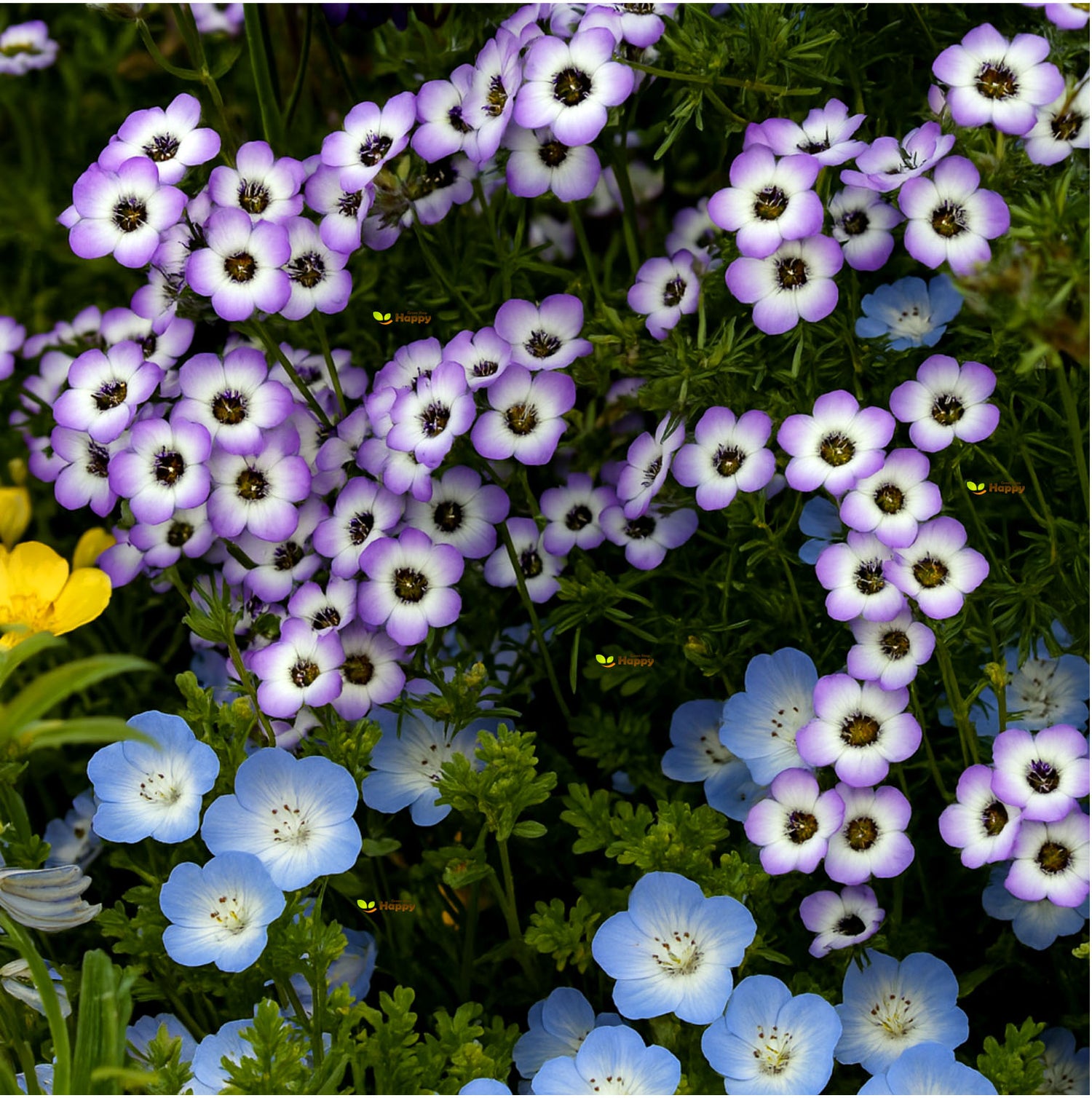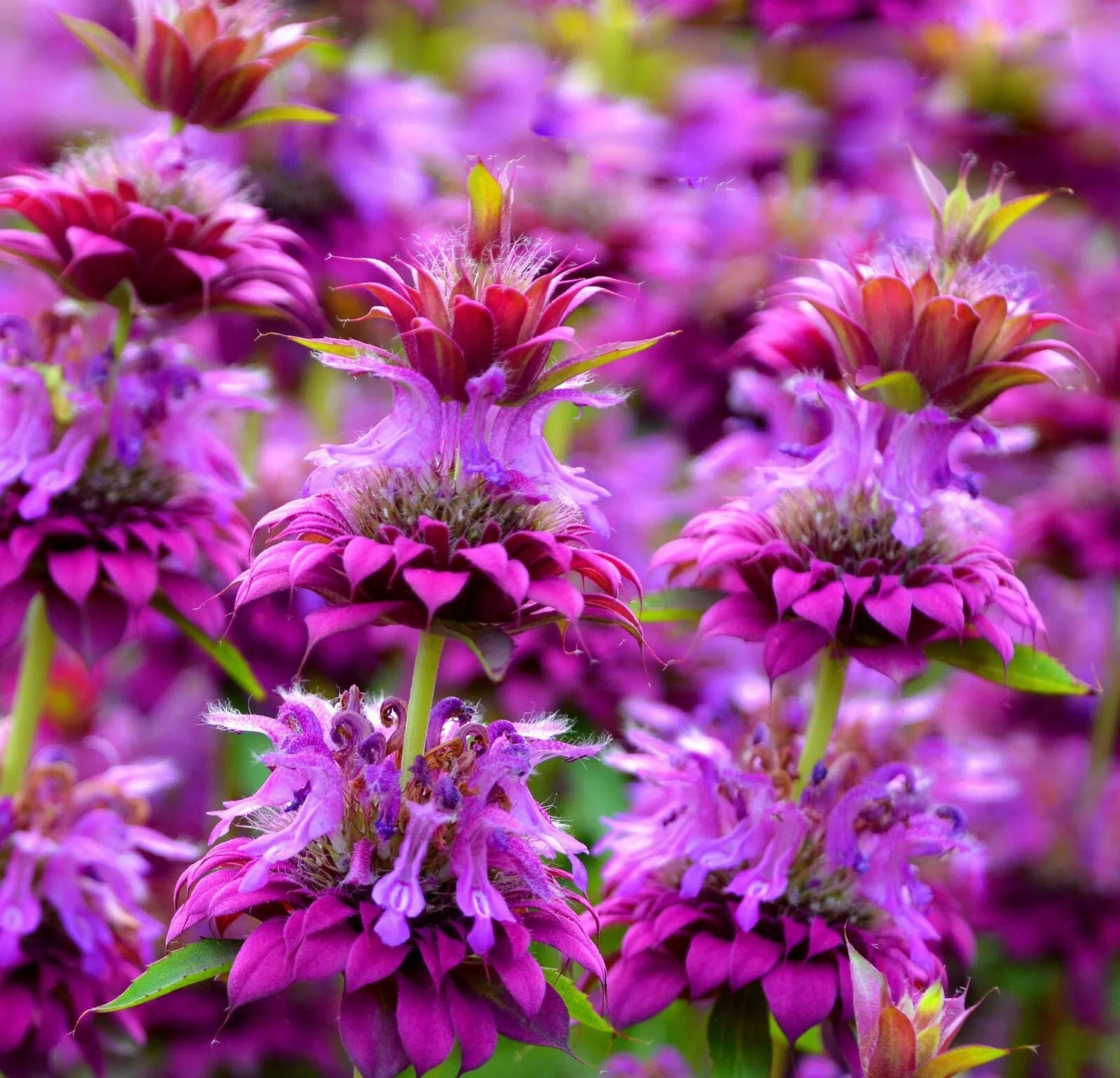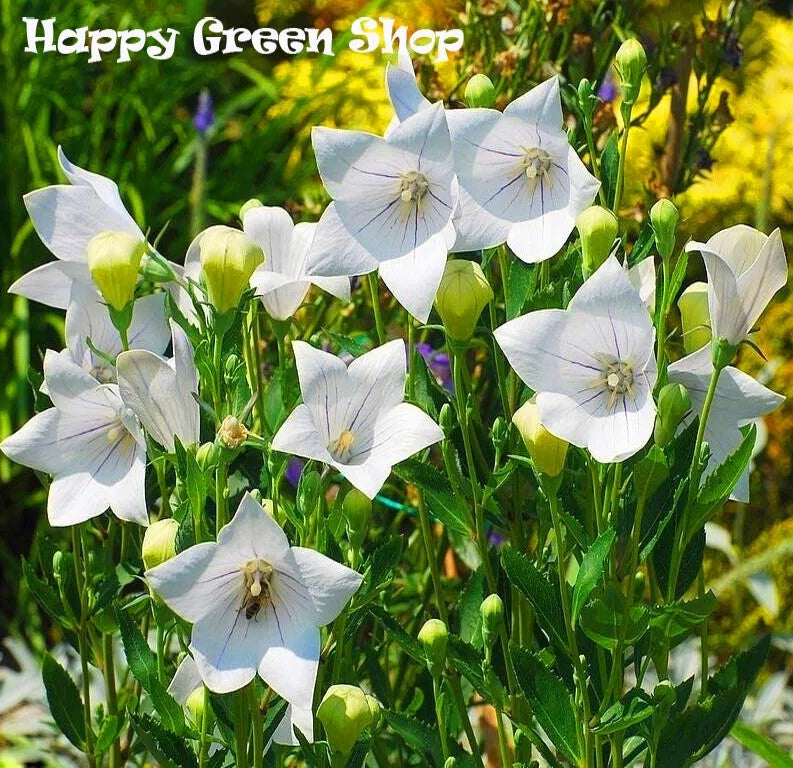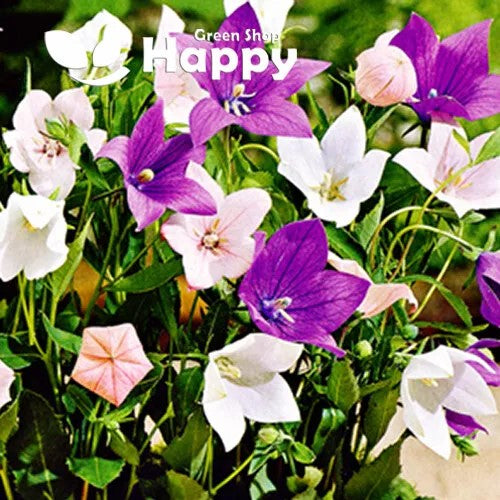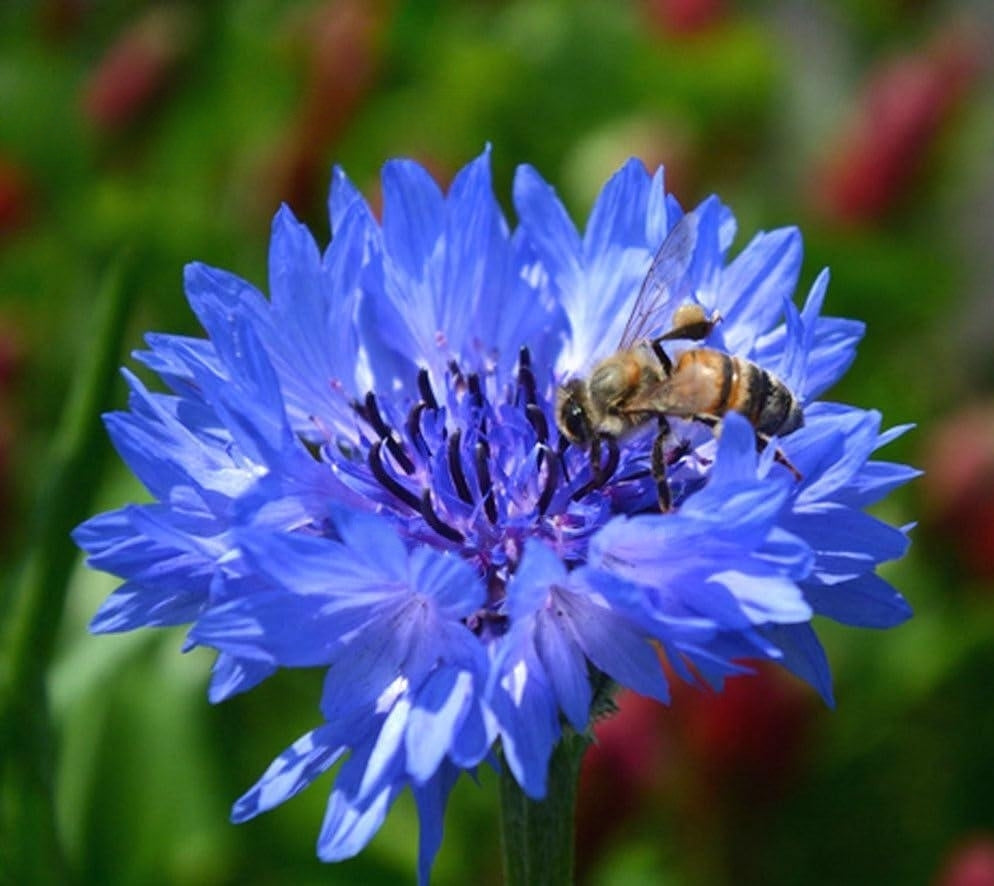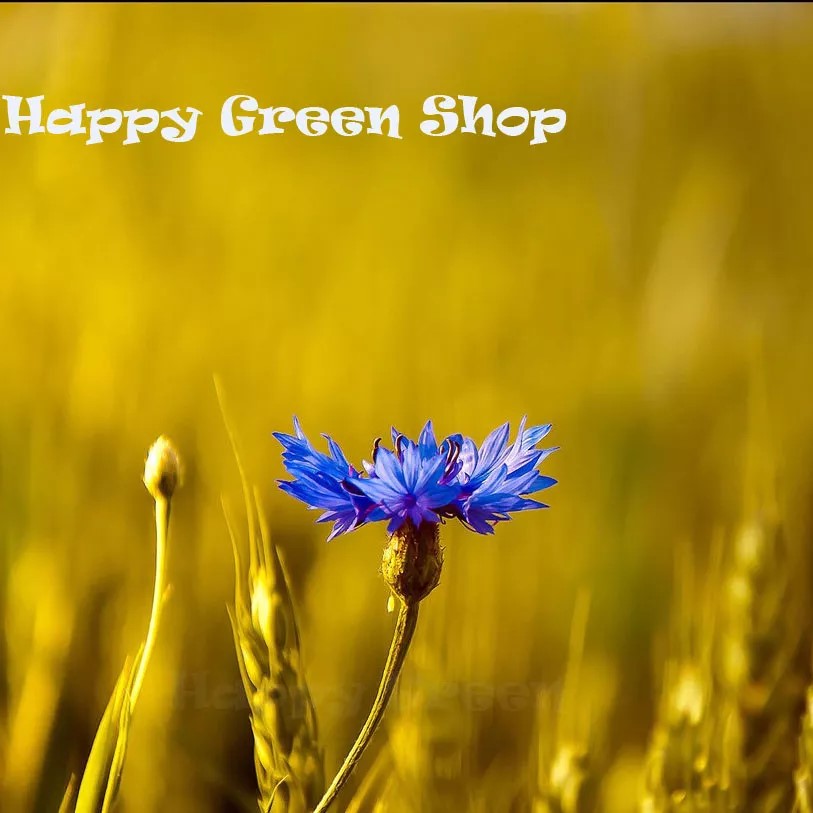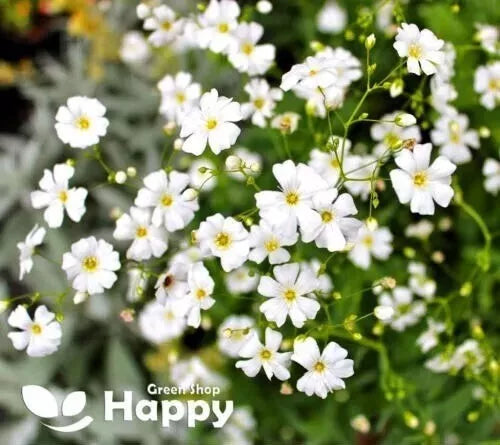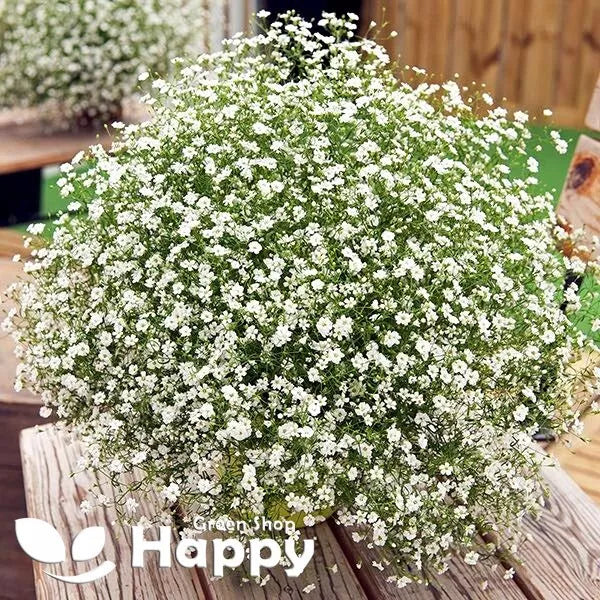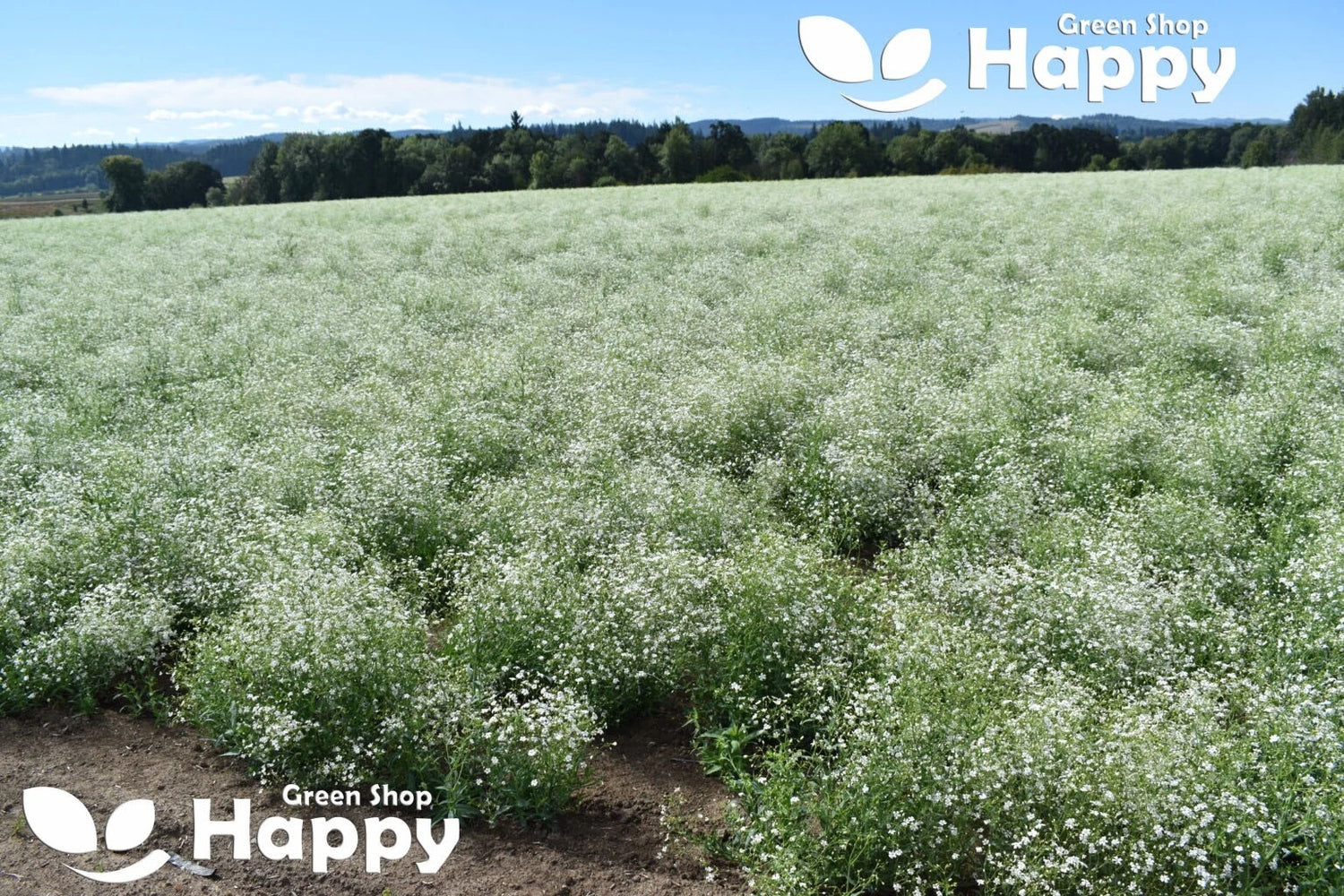Sort by:
351 products
351 products
Beeblossom Rosy-White – Seeds (Gaura lindheimeri)
Beeblossom (Gaura lindheimeri) is a graceful perennial, prized for its airy stems and delicate rosy-white flowers that resemble dancing butterflies in the breeze. Flowering over a long season, it adds elegance and movement to borders, cottage gardens, and wildflower-style plantings. Easy to grow and drought-tolerant once established, it thrives in sunny spots and well-drained soil.
Why Grow Beeblossom Rosy-White?
-
Produces clouds of dainty rosy-white blooms
-
Long flowering period, from summer into autumn
-
Perfect for naturalistic, cottage, or pollinator-friendly gardens
-
Drought-tolerant and low-maintenance
Key Features
-
Type: Hardy perennial
-
Height: 60–90 cm
-
Spread: 40–60 cm
-
Flowering: June–October
-
Position: Full sun
-
Soil: Light, well-drained
Sowing & Growing
-
Sow indoors: February–April in trays, lightly cover with compost
-
Germination: 14–30 days at 18–20°C
-
Transplant: When seedlings are large enough, plant outdoors after last frost
-
Spacing: 40 cm apart
-
Can also be sown directly outdoors in May–June
Tip: Beeblossom is ideal for softening borders and pairs beautifully with ornamental grasses.
Bird’s Eyes – Seeds
(Gilia tricolor)
Bird’s Eyes (Gilia tricolor) is a delightful annual wildflower producing masses of small, trumpet-shaped blooms in shades of purple, lavender, and cream with golden throats. Compact and bushy, this variety creates cheerful, nectar-rich displays that attract bees and butterflies, perfect for naturalistic plantings and wildflower gardens.
Why Grow Bird’s Eyes?
-
Charming pastel blooms with golden centers
-
Compact and easy to grow annual
-
Excellent for pollinators
-
Long flowering season for summer color
Key Features
-
Type: Hardy annual
-
Height: 20–40 cm
-
Flowers: Late spring to summer
-
Position: Full sun
-
Soil: Light, sandy, well-drained
Ideal For
-
Wildflower gardens and meadows
-
Cottage garden borders
-
Pollinator-friendly planting
-
Containers and small garden spaces
Sowing & Growing
-
Sow outdoors: March–May or in autumn where they are to flower
-
Germination: 14–21 days at 15–20°C
-
Thin seedlings to 15–20 cm apart
-
Care: Prefers poor soils, minimal feeding required
Bee Balm Purple Seeds (Monarda citriodora)
Bee Balm Purple is a vibrant, aromatic perennial that produces dense clusters of fragrant purple flowers attracting bees, butterflies, and hummingbirds. Its aromatic foliage adds texture and scent to borders, cottage gardens, and pollinator-friendly plantings. Easy to grow and long-flowering, it also works beautifully in fresh or dried floral arrangements.
What Makes It Special
-
Bright purple, aromatic blooms
-
Attracts bees, butterflies, and hummingbirds
-
Hardy perennial with long flowering season
Key Features
-
Botanical name: Monarda citriodora
-
Hardy perennial
-
Height: 60–90 cm (24–36 in)
-
Bloom time: Mid to late summer
Ideal For
-
Pollinator-friendly gardens and cottage borders
-
Wildlife gardens and mixed perennial beds
-
Fresh and dried flower arrangements
Sowing
-
Sow indoors Feb–Apr or outdoors May–Jun
-
Cover seeds lightly with soil; keep moist
-
Germination: 14–28 days at 18–22°C
-
Thin seedlings 30–40 cm apart
-
Flowers from the first or second year
Beardtongue 'Sensation' Mix Seeds (Penstemon gloxinioides)
The Beardtongue 'Sensation' Mix brings vibrant color to the garden with spires of trumpet-shaped blooms in shades of pink, red, purple, and white. Flowering from early summer into autumn, this hardy perennial is loved by bees, butterflies, and hummingbirds. Its upright habit and long flowering period make it perfect for borders, cottage gardens, and cut flowers.
What Makes It Special
-
Striking mix of bold trumpet-shaped flowers
-
Blooms continuously through summer into autumn
-
Attracts pollinators and adds lasting garden color
Key Features
-
Botanical name: Penstemon gloxinioides 'Sensation Mix'
-
Hardy perennial (often grown as a short-lived perennial)
-
Height: 60–80 cm (24–32 in)
-
Bloom time: Early summer to autumn
Ideal For
-
Cottage and perennial borders
-
Wildlife and pollinator gardens
-
Cut flower arrangements
Sowing
-
Sow indoors Feb–Apr or outdoors May–Jun
-
Cover seeds lightly with soil; keep moist
-
Germination: 14–21 days at 18–22°C
-
Thin seedlings 30 cm apart
-
Flowers from the second year after sowing
Balloon Flower White Seeds (Platycodon grandiflorus)
The Balloon Flower White is a hardy perennial admired for its balloon-like buds that open into elegant, star-shaped pure white blooms. Flowering in mid to late summer, it provides a fresh, luminous contrast in borders, rock gardens, or containers. Easy to grow and long-lasting, it’s a graceful pollinator-friendly choice for brightening garden spaces.
What Makes It Special
-
Unique balloon-shaped buds opening into starry white flowers
-
Hardy, reliable perennial with long-lasting summer blooms
-
Attracts bees and butterflies while adding elegance to gardens
Key Features
-
Botanical name: Platycodon grandiflorus
-
Hardy perennial
-
Height: 50–70 cm (20–28 in)
-
Bloom time: Mid to late summer
Ideal For
-
Cottage and perennial borders
-
Rock gardens and containers
-
Pollinator-friendly plantings
Sowing
-
Sow indoors Feb–Apr or outdoors May–Jun
-
Lightly press seeds into soil; do not cover heavily (needs light)
-
Germination: 14–21 days at 18–22°C
-
Transplant seedlings 30 cm apart
-
Flowers from the second year after sowing
Balloon Flower Mix – Seeds (Platycodon grandiflorus)
Balloon Flower Mix (Platycodon grandiflorus) is a charming perennial known for its unique balloon-shaped buds that open into star-like blooms in shades of blue, pink, and white. Blooming from mid to late summer, this low-maintenance plant adds vertical interest and long-lasting color to borders, rock gardens, and cottage-style beds. Hardy and easy to grow, it attracts pollinators and provides striking summer blooms year after year.
Why Grow "Balloon Flower Mix"
-
Balloon-shaped buds that open into star-like flowers
-
Color mix of blue, pink, and white blooms
-
Hardy, low-maintenance perennial
-
Pollinator-friendly and long-flowering
Key Features
-
Type: Perennial (Platycodon grandiflorus)
-
Height: 40–60 cm
-
Flowering: Mid to late summer
-
Position: Full sun to partial shade
-
Uses: Borders, rock gardens, cottage gardens, pollinator-friendly planting
Ideal For
-
Adding vertical interest to borders and beds
-
Rockeries and cottage-style gardens
-
Pollinator-friendly garden designs
-
Long-lasting summer floral displays
Sowing & Growing
-
Sow indoors: February–April in trays or pots
-
Sow outdoors: April–May after frost
-
Germination: 14–21 days at 18–22°C
-
Thin seedlings 30–40 cm apart
-
Prefers well-drained soil in full sun to partial shade
-
Water moderately until established
Balloon Flower Blue Seeds (Platycodon grandiflorus)
The Balloon Flower Blue is a hardy perennial named for its unique balloon-shaped buds that open into striking star-like, violet-blue flowers. Blooming from mid to late summer, it provides bold color and a touch of elegance to borders, rock gardens, and cottage-style plantings. Easy to grow and long-lived, it thrives in sunny or lightly shaded spots and is a favorite with pollinators.
What Makes It Special
-
Unique balloon-shaped buds that burst into vivid starry blooms
-
Hardy and long-lived perennial with minimal care needs
-
A pollinator-friendly flower with long-lasting summer color
Key Features
-
Botanical name: Platycodon grandiflorus
-
Hardy perennial
-
Height: 50–70 cm (20–28 in)
-
Bloom time: Mid to late summer
Ideal For
-
Cottage and perennial borders
-
Rock gardens and mixed beds
-
Pollinator-friendly gardens
Sowing
-
Sow indoors Feb–Apr or outdoors May–Jun
-
Lightly press seeds into soil; do not cover heavily (needs light)
-
Germination: 14–21 days at 18–22°C
-
Transplant seedlings 30 cm apart
-
Flowers from the second year after sowing
Bachelor’s Button ‘Blue Boy’ – 1,200 Seeds (Centaurea cyanus)
Bachelor’s Button ‘Blue Boy’ (Centaurea cyanus) is a charming annual producing striking cornflower-blue blooms with a classic, dainty appearance. Perfect for borders, meadows, and cutting gardens, it adds vibrant color from late spring to summer. Easy to grow and long-flowering, it attracts pollinators while creating a nostalgic, cottage-garden feel.
Why Grow "Blue Boy"
-
Bright cornflower-blue blooms
-
Long flowering season from late spring to summer
-
Easy to grow and low-maintenance
-
Attracts bees and butterflies
Key Features
-
Type: Annual (Centaurea cyanus)
-
Height: 40–80 cm
-
Flowering: May–August
-
Position: Full sun
-
Uses: Borders, meadows, cutting gardens, pollinator-friendly planting
Ideal For
-
Cottage-style gardens
-
Cutting gardens for fresh bouquets
-
Pollinator-friendly landscapes
-
Meadows and naturalized borders
Sowing & Growing
-
Sow outdoors: March–May directly in prepared soil
-
Germination: 7–14 days at 15–20°C
-
Thin seedlings to 20–25 cm apart
-
Prefers full sun and well-drained soil
-
Deadhead to encourage prolonged flowering
Baby’s Breath White – Seeds (Gypsophila elegans)
Baby’s Breath White (Gypsophila elegans) is a delicate annual prized for its airy sprays of tiny, pure white flowers. Blooming from early summer to autumn, it adds soft, cloud-like texture to borders, cottage gardens, and mixed flower beds. Perfect for cut flower arrangements and bouquets, this low-maintenance variety also attracts pollinators, making it a versatile and charming addition to any garden.
Why Grow "Baby’s Breath White"
-
Airy sprays of tiny, pure white flowers
-
Long flowering season from early summer to autumn
-
Easy-to-grow, low-maintenance annual
-
Ideal for cut flowers and pollinator-friendly gardens
Key Features
-
Type: Annual (Gypsophila elegans)
-
Height: 30–50 cm
-
Flowering: Early summer to autumn
-
Position: Full sun
-
Uses: Borders, cottage gardens, mixed beds, cut flowers, pollinator gardens
Ideal For
-
Softening borders and mixed flower beds
-
Cottage-style gardens
-
Bouquets and cut flower arrangements
-
Pollinator-friendly garden designs
Sowing & Growing
-
Sow indoors: February–April in trays or pots
-
Sow outdoors: March–May directly in soil
-
Germination: 10–20 days at 18–22°C
-
Thin seedlings 25–30 cm apart
-
Prefers well-drained soil in full sun
-
Water moderately until established
Showing 333/351

